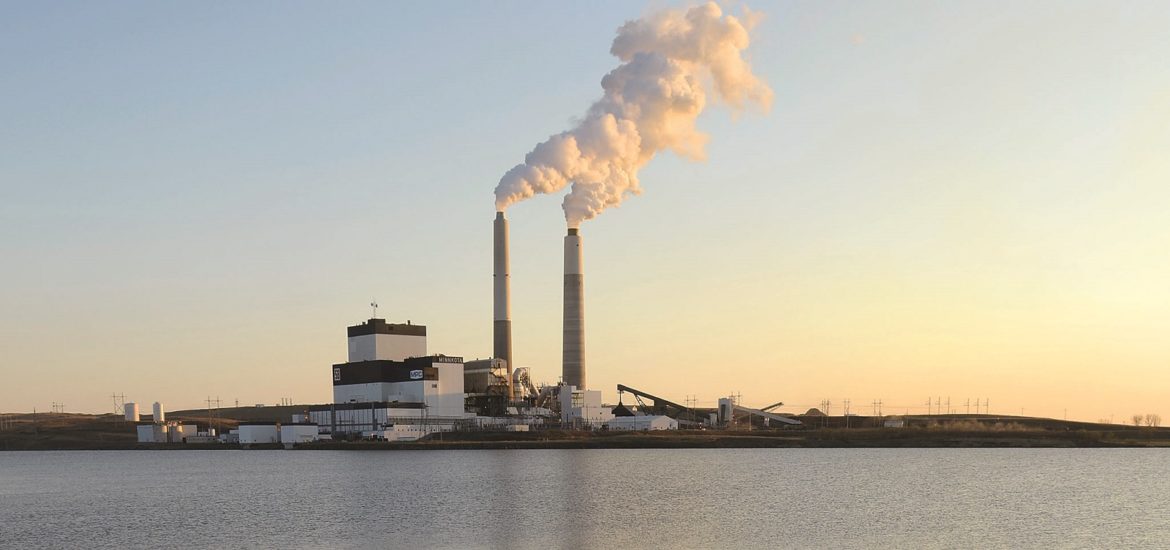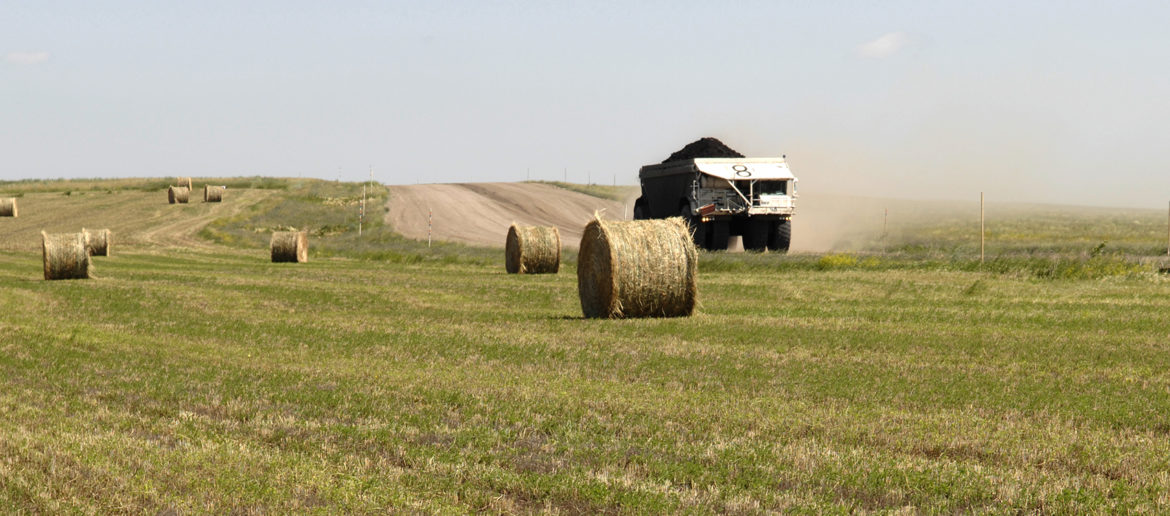Milton R. Young Station reaches safety milestone
A safety celebration is underway at the Milton R. Young Station this month.
On April 18, Minnkota’s electric power generation facility passed one million work hours without a lost-time injury. The streak began in June 2016 and has spanned more than 1,000 days. It is believed to be the first time the plant has ever reached the milestone.
“Thanks to each of you for your contributions to this achievement,” Craig Bleth, senior manager of power production, told his team. “I’d also like to commend [Safety and Physical Security supervisor] Troy Karlberg and [Safety and Physical Security specialist] Tim Krous (and their support network in Grand Forks) for their constant efforts, innovation and sound advice on all things safety.”
Bleth said the plant now sets its sights on another million work hours with no lost time. He said safety is hard to perfect, “but being less than perfect is not a good or acceptable option for any of us. Please stay focused, evaluate each job for the risks and continue to be deliberate and intentional in your decision making, whether at work or at home.”
Minnkota president & CEO Mac McLennan added, “Congratulations to all the Young Station employees. It is no small feat that you have accomplished – almost three years without a lost-time accident.”
Covering new ground
Minnkota generation partner BNI Coal will research and test ways to improve its already award-winning reclamation processes.
Somebody once said, “The biggest room in the world is the room for improvement.”
One can always make room in processes to get better. Even if people think things are perfect, there’s likely a small area or two that can be upgraded.
That’s why BNI Coal and others are looking at reclamation at their mines and seeing if they can improve what are already award-winning processes. After all, BNI Coal and Minnkota are dedicated to properly reclaiming all land impacted by the mining of lignite coal for the Milton R. Young Station.
As part of a five-year, $1.1 million state- and industry-funded study involving BNI, North American Coal and North Dakota State University, researchers will test the practices of deep ripping and mulch soil additions as well as seeding changes to determine whether they can make a difference in reclamation at four North Dakota mining locations.
The entities are pursuing the improvements even though North Dakota already has some of the strongest reclamation laws in the nation, which are administered and enforced by the North Dakota Public Service Commission (PSC). All phases of reclamation are conducted with the approval of the PSC. BNI and others must statistically prove that every acre mined is reclaimed to a level of production equal to or greater than that which existed prior to mining.

One of the biggest challenges mining companies seek to address through research is soil compaction, according to Jay Volk, environmental manager for BNI Coal’s Center Mine. Everything is being looked at as a possible improvement to reclamation, including agriculture practices and equipment.
“Following the mining process, heavy machinery is used to move soil, which applies compressive pressure during the reclamation process,” Volk said, adding that companies try to decrease the compaction by changing traffic patterns, but it still exists to a certain level.
Ryan Limb, project director and principal investigator, and three other researchers from North Dakota State University’s Department of Natural Resources are heading the project.
“We started taking soil samples and probes and densities to see how things have changed over time,” Volk said. “The hypothesis out there is if you get water in the soil, that water will freeze and thaw and create crevices and cracks and let moisture go down. Organics start building and, over time, the soil permeability should go up. Soil penetration goes up. You get more productive soil. What we found was that wasn’t happening as quickly as we thought it would.”
Researchers will also experiment with a change to how companies are seeding. Kentucky bluegrass is prevalent on reclaimed lands. It meets production benchmarks, but its shallow root system puts it at risk in drought and wet conditions.
Receiving more flexibility in how the soil is returned to production in the reclamation process is what Volk and others would like to see. When and if solutions are found to improve reclamation, the PSC will need to approve any changes.
“If we can change a couple of things on the regulatory side, give us some more flexibility on how we put soil back, the depths we put soil back, I can get you a more diverse, more functional landscape,” Volk said.



